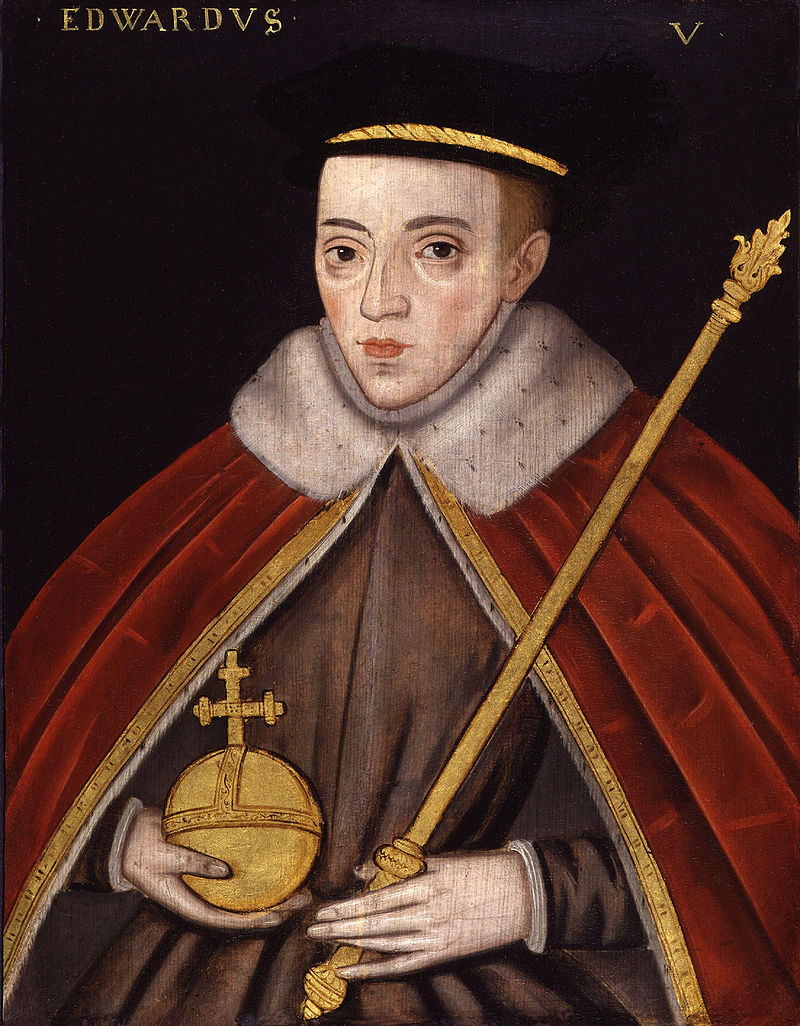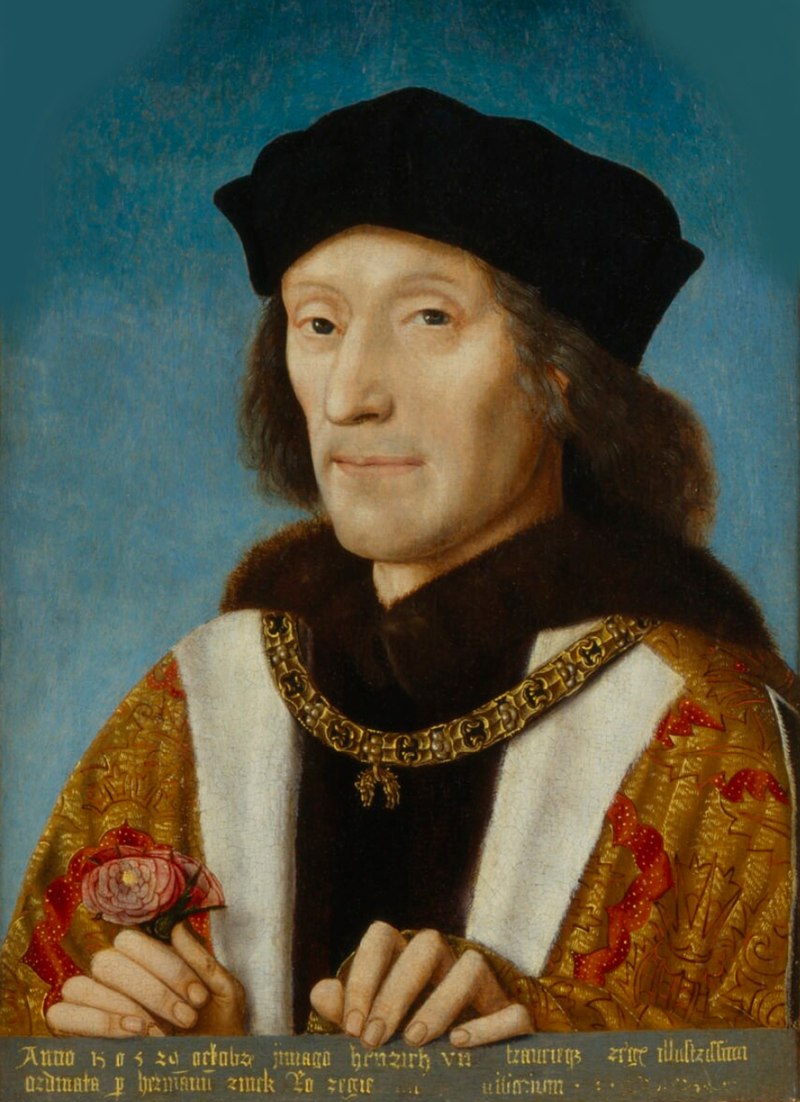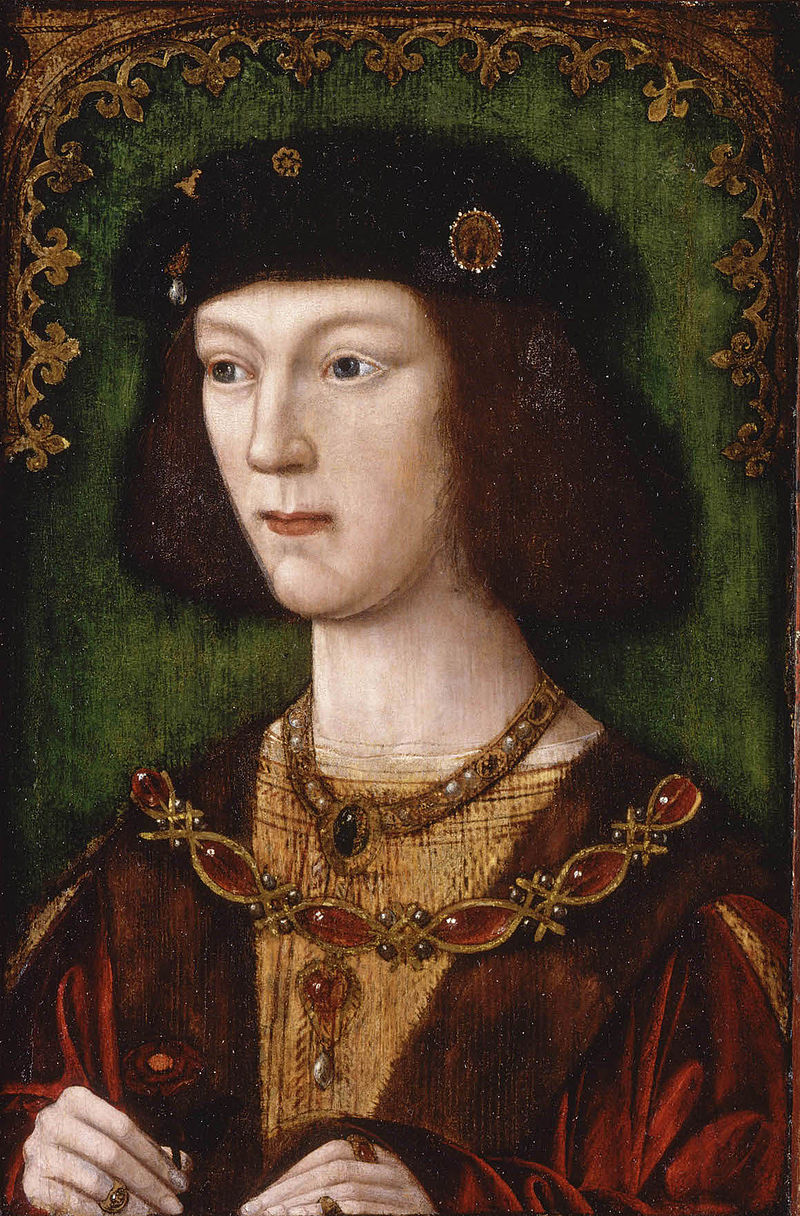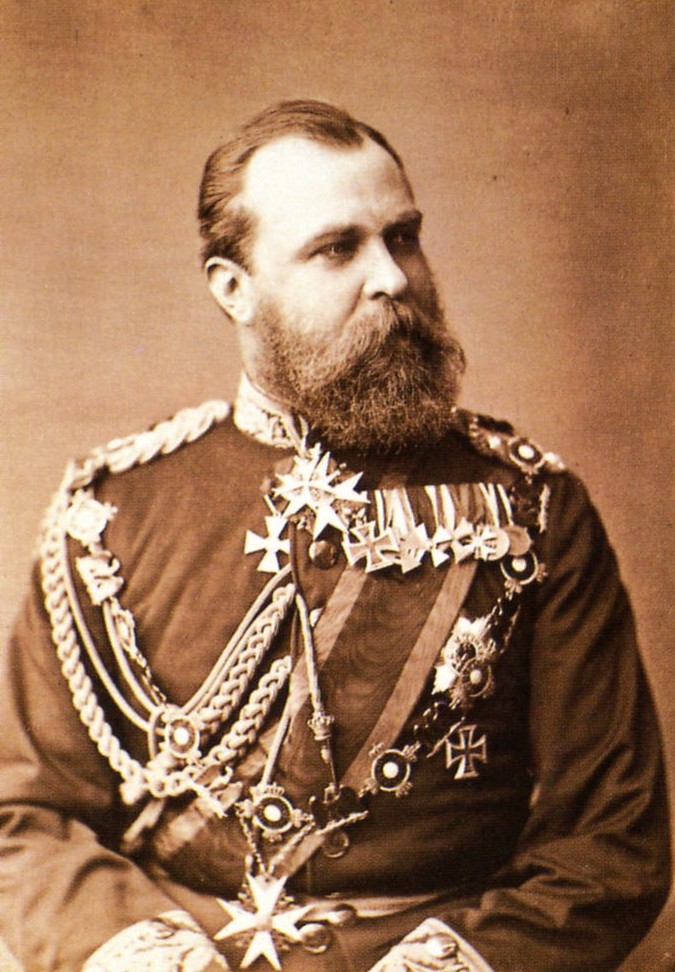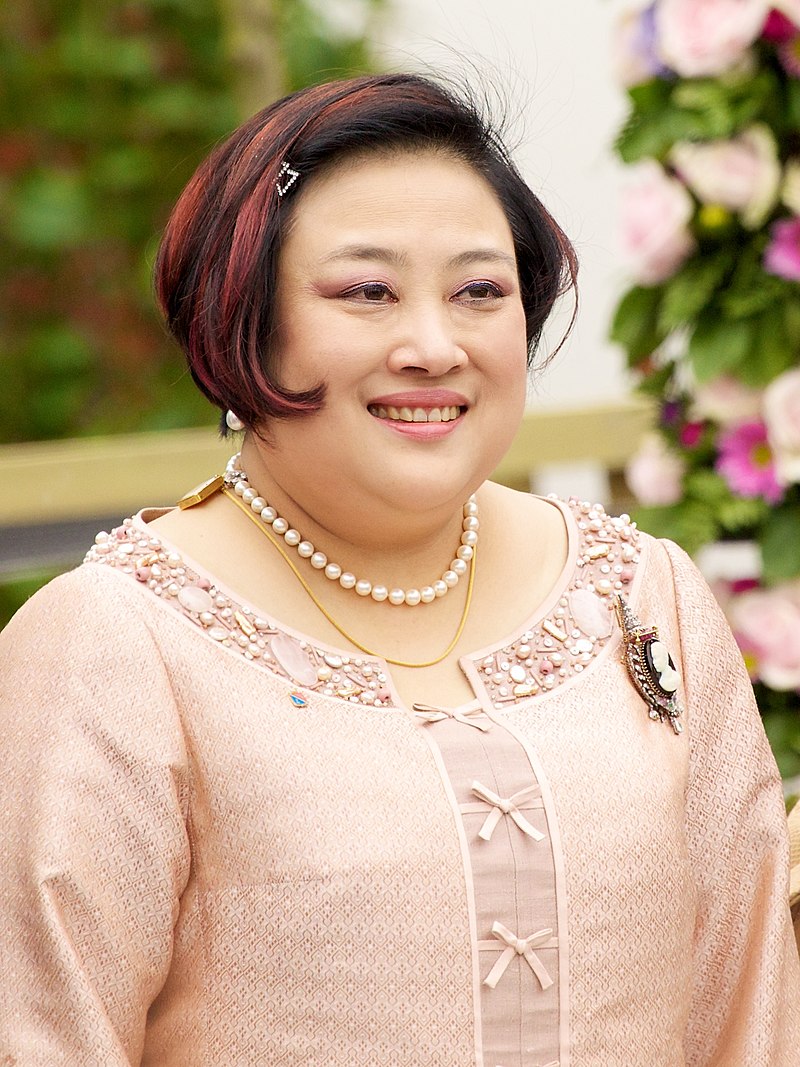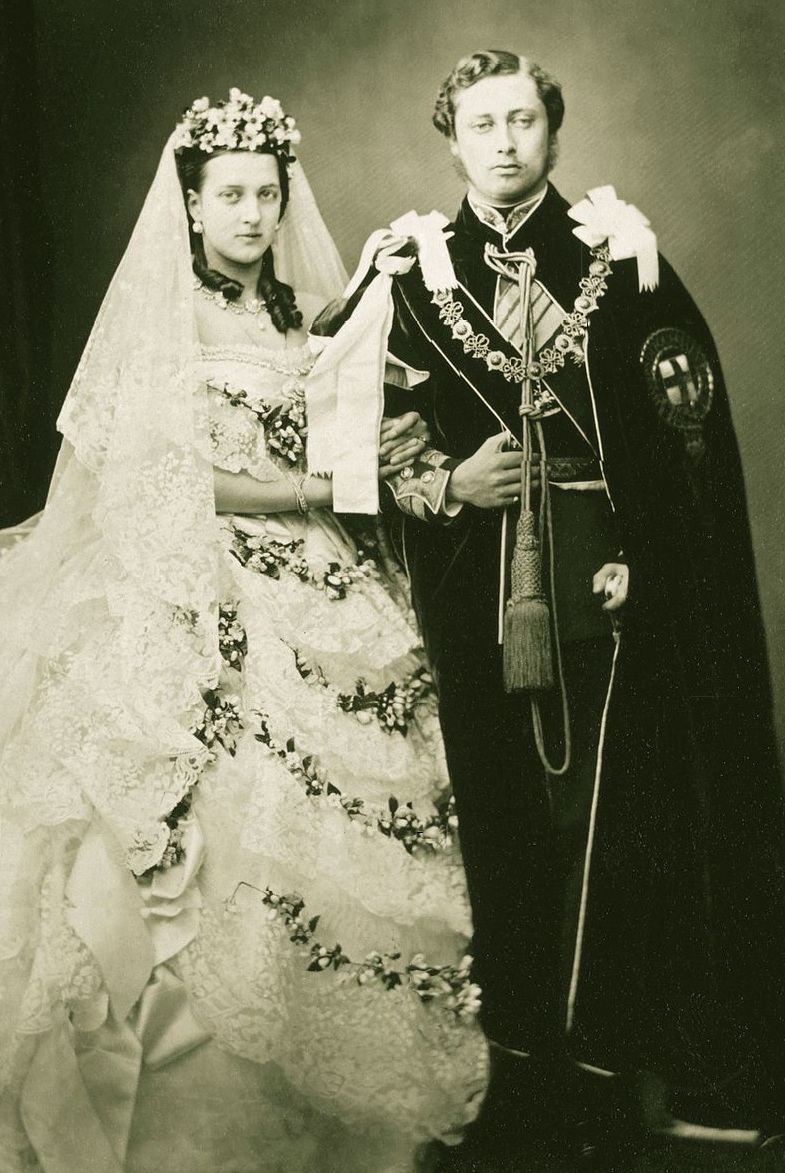© Unofficial Royalty 2023

Louise of Mecklenburg-Güstrow, Queen of Denmark and Norway; Credit – Wikipedia
March 15, 1275 – Birth of Margaret of England, Duchess of Brabant, daughter of King Edward I of England, at Windsor Castle in Windsor, England
On July 8, 1290, at Westminster Abbey, Margaret married Jean II, Duke of Brabant. Margaret was unhappy at the Brabant court and unhappy in her marriage. She was forced to accept her husband’s mistresses and their illegitimate children who were raised at court along with Margaret’s only child, Jean III, Duke of Brabant. Margaret’s husband died in 1312. Margaret saw the birth of all her grandchildren, including Jeanne, Duchess of Brabant, who succeeded her father Jean III, Duke of Brabant in 1355 due to the deaths of all her brothers. Margaret’s exact death date is unknown. She died most likely in the Duchy of Brabant, sometime after March 11, 1333.
Unofficial Royalty: Margaret of England, Duchess of Brabant
March 15, 1721 – Death of Louise of Mecklenburg-Güstrow, Queen of Denmark and Norway, first wife of King Frederick IV of Denmark and Norway, at Charlottenborg Palace in Copenhagen, Denmark; buried at Roskilde Cathedral in Roskilde, Denmark
Louise grew up at her father’s modest court at Güstrow Castle. Her parents were adherents to Pietism, a movement that originated in the Lutheran Church in the 17th century that stressed personal piety over religious formality and orthodoxy. In 1695, Louise married the future Frederik IV, King of Denmark and Norway. Louise and Frederik had four sons and one daughter. Sadly, three sons died in infancy. Louise found it difficult to endure her husband’s infidelities and even worse, his two bigamous marriages. At times, Louise reproached her husband which often led to embarrassing situations at the court. It is suspected that Louise’s deep religiousness was also an escape from her disappointing marriage. Louise took part in the official court life and fulfilled her ceremonial duties. Otherwise, she led a withdrawn and quiet life. Queen Louise died on March 15, 1721, aged 53, at Charlottenborg Palace in Copenhagen, Denmark.
Unofficial Royalty: Louise of Mecklenburg-Güstrow, Queen of Denmark and Norway
March 15, 1729 – Death of Elisabeth Eleonore of Brunswick-Wolfenbüttel, Duchess of Saxe-Meiningen, second wife of Bernhard I, Duke of Saxe-Meiningen, in Meiningen, Duchy of Saxe-Meiningen now in Thuringia, Germany; buried in the castle church at Elisabethenburg Palace in Meiningen
In 1675, Elisabeth Eleonore married Johann Georg of Mecklenburg-Mirow. The marriage was short-lived as Johann Georg died just five months later. In 1681, Elisabeth Eleonore married Bernhard I, Duke of Saxe-Meiningen, who had been widowed the previous year. Elisabeth Eleonore and Bernhard had five children. The Elisabethenburg Palace in Meiningen was completed in 1692 and named for Elisabeth Eleonore who lived there with her husband, and their children for the duration of Bernhard’s reign. Following her husband’s death in 1706, Elisabeth Eleonore was drawn into the family battles over who would reign over the duchy. The in-fighting within the family took its toll on Elisabeth Eleonore, and she retired from public life. She died on March 15, 1729, at the age of 70.
Unofficial Royalty: Elisabeth Eleonore of Brunswick-Wolfenbüttel, Duchess of Saxe-Meiningen
March 15, 1779 – Birth of William Lamb, 2nd Viscount Melbourne (Lord Melbourne), Queen Victoria’s first Prime Minister, in London England
In June 1837, King William IV died and he was succeeded by his 18-year-old niece Queen Victoria. Victoria never knew her father Prince Edward, Duke of Kent as he died when she was eight months old. Melbourne was her first Prime Minister. In Queen Victoria, Melbourne had the child, the companion, and the affection he craved. In Melbourne, Queen Victoria had the father figure she never had. Their close relationship was founded in Melbourne’s responsibility for tutoring the young queen in the world of politics and instructing her in her role but the relationship was much deeper. Queen Victoria came to regard Lord Melbourne as a mentor and personal friend and he was given a private apartment at Windsor Castle. He resigned as Prime Minister in August 1841 after a series of parliamentary defeats. Melbourne and Queen Victoria said a private goodbye on the terrace at Windsor Castle. Victoria cried and Melbourne told her, “For four years I have seen you daily and liked it better each day.”
Unofficial Royalty: William Lamb, 2nd Viscount Melbourne
March 15, 1804 – Birth of Sir Charles Grey, Private Secretary to Queen Victoria, at Howick Hall in Howick, Northumberland, England
General The Hon. Sir Charles Grey was Private Secretary to Queen Victoria from 1861 until 1870. He was the son of Charles Grey, 2nd Earl Grey and The Hon. Mary Ponsonby. His father would later serve as Prime Minister from 1830-1834, and is the person for whom ‘Earl Grey Tea’ is named. In 1836, Charles married Caroline Eliza Farquhar, the daughter of Sir Thomas Farquhar, 2nd Baronet. Caroline would later serve as an Extra Woman of the Bedchamber to Queen Victoria from 1870-1890, after her husband’s death. The couple had six children. In 1849, Charles was appointed Private Secretary to Prince Albert. He was given apartments at St. James’s Palace and lived in the Norman Tower at Windsor Castle, and at Osborne Cottage at Osborne House, and his children grew up as playmates of some of Victoria and Albert’s children. Over the next twelve years, he became an influential member of the royal household and a close confidante and advisor to Prince Albert. Following Albert’s death in 1861, Charles seamlessly moved into the position of Private Secretary to The Queen – a role which had largely been filled by Prince Albert since he and Victoria married in 1840.
Unofficial Royalty: Sir Charles Grey
March 15, 1972 – Birth of Prince Constantin of Liechtenstein, son of Prince Hans-Adam II of Liechtenstein, in St. Gallen, Switzerland
Full name: Constantin Ferdinand Maria
Prince Constantin is the third of the three sons and the third of the four children of Prince Hans-Adam II of Liechtenstein and the late Princess Marie, born Countess Marie Aglaë of Wchinitz and Tettau. . He received a law degree from the University of Salzburg in Austria and has worked primarily in the financial field, holding positions at investment firms both in the United States and in Europe. Constantin married Countess Marie Gabriele Franziska Kálnoky de Kőröspatak and the couple have three children.
Unofficial Royalty: Prince Constantin of Liechtenstein
This article is the intellectual property of Unofficial Royalty and is NOT TO BE COPIED, EDITED, OR POSTED IN ANY FORM ON ANOTHER WEBSITE under any circumstances. It is permissible to use a link that directs to Unofficial Royalty.


